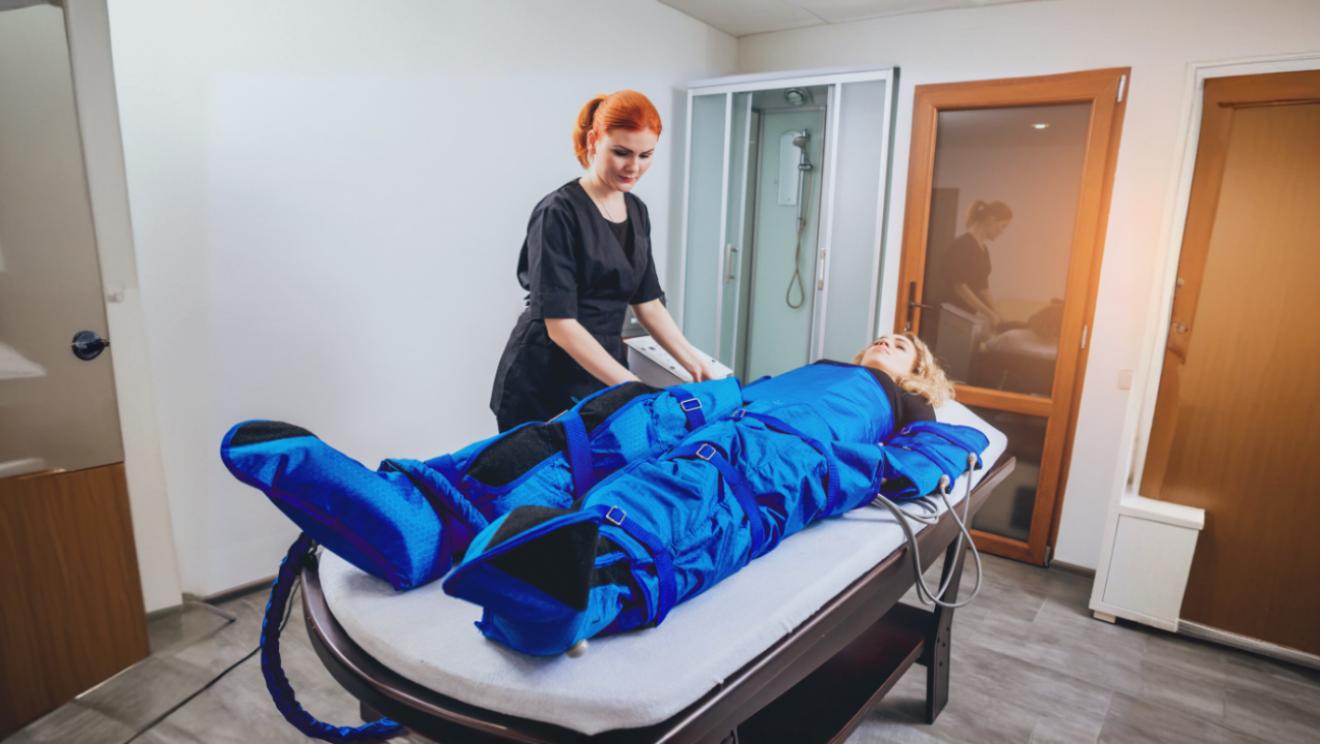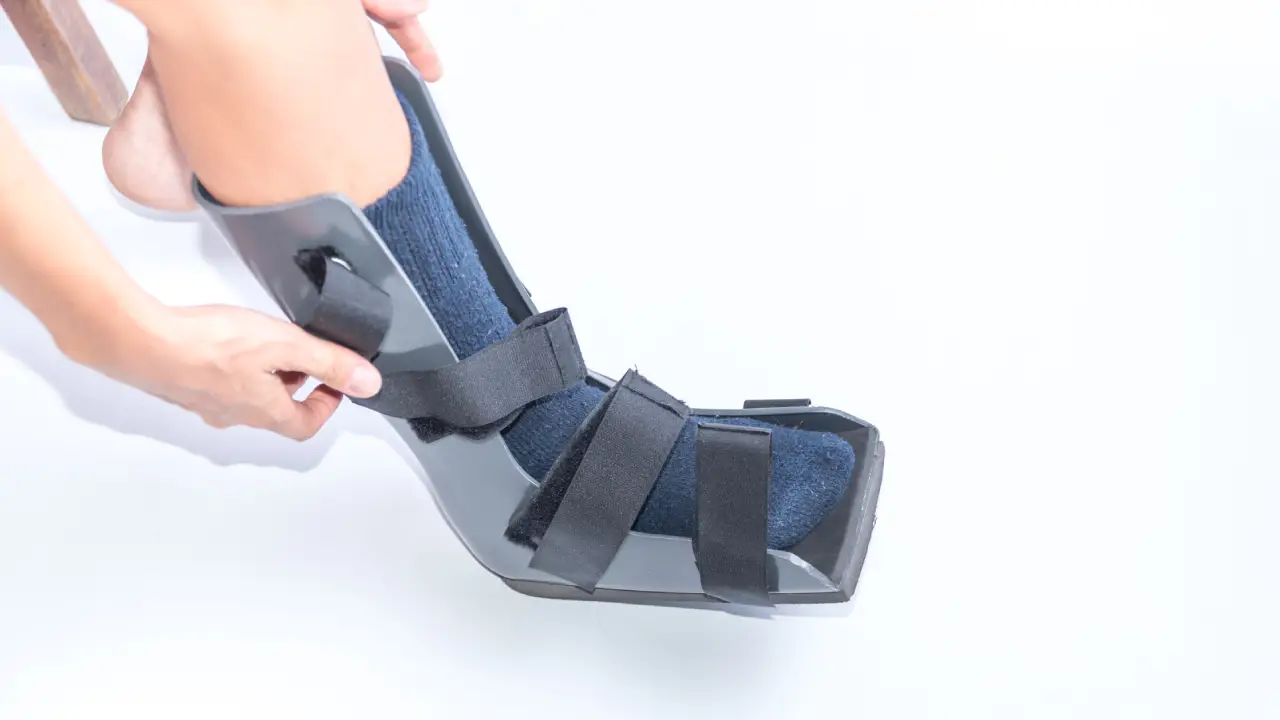9 Orthotic Brace Features That Improve Posture and Alignment

4 Reasons Lymphatic Drainage Is a Part of Post-Injury Rehab
What Is Lymphatic Drainage?
Lymphatic drainage is a manual therapy technique designed to stimulate the flow of lymph fluid through the body. The lymphatic system plays a crucial role in removing waste, managing inflammation, and maintaining fluid balance. However, unlike the circulatory system, it lacks a central pump. This means it often needs external support especially after an injury.
The technique involves slow, gentle, and rhythmic strokes aimed at key areas where lymph nodes are located. The goal is to direct lymph fluid toward nodes and support its movement through proper drainage pathways. For many individuals recovering from injuries, lymphatic drainage in Hamilton, ON is now a regular part of their rehabilitation plan.
Why Use Lymphatic Drainage in Post-Injury Rehab?
1. It Helps Reduce Swelling
Swelling is a typical response following trauma. Whether it’s a joint sprain, muscle tear, or post-surgical site, the body often floods the area with fluid and immune cells. While this initial response helps start the healing process, prolonged swelling can be problematic.
One of the main advantages of lymphatic drainage in Hamilton, ON is its ability to move excess fluid out of swollen tissues. By encouraging lymph flow, this method assists in clearing stagnation, thereby reducing pressure, discomfort, and stiffness. It can be particularly useful for conditions involving the knees, ankles, or shoulders.
2. It Supports Waste Removal During Recovery
After an injury, cellular waste, dead cells, and inflammatory byproducts begin to accumulate. The lymphatic system is responsible for clearing these substances so that tissue regeneration can occur smoothly. However, if the system becomes overloaded or blocked, healing may slow.
Lymphatic drainage in Hamilton, ON is commonly recommended by physiotherapists to address this issue. By facilitating the removal of cellular waste, this technique helps establish a cleaner environment for tissue repair. As a result, patients often experience a quicker transition from inflammation to regeneration.
3. It Improves Circulation to Healing Tissues
Good circulation is essential for healing. Oxygen, nutrients, and immune support all need to reach the site of injury efficiently. When fluid builds up and creates pressure around blood vessels, circulation is restricted. This leads to delays in the recovery process.
Lymphatic drainage plays a role in reducing this fluid congestion. Once pressure is relieved, blood flow improves, and the healing process gains momentum. This is one reason physiotherapy clinics offering lymphatic drainage in Hamilton, ON integrate it with other therapies like mobility exercises and manual manipulation.
4. It Enhances Mobility and Comfort During Rehab
Injured areas often become stiff and painful, especially when surrounded by inflammation or fluid buildup. This stiffness can limit participation in rehab activities or slow progress.
A key benefit of lymphatic drainage in Hamilton, ON is the improvement in range of motion it provides. By reducing swelling and softening surrounding tissues, individuals often find movement less restricted. This allows for better engagement in exercise routines, stretching, and functional recovery strategies.
How Lymphatic Drainage Fits into Rehab Plans
At physiotherapy clinics, lymphatic drainage is integrated with a range of therapeutic techniques to form a comprehensive recovery approach. After an assessment, a physiotherapist may recommend the inclusion of this method alongside:
- Targeted strengthening exercises
- Manual therapy or joint mobilizations
- Pain management strategies
- Stretching and flexibility routines
Sessions usually involve the client lying comfortably while the therapist applies slow, directional strokes across the body, especially near lymph node clusters like the neck, underarms, or groin. The goal is to stimulate natural drainage pathways without causing discomfort or strain.
Lymphatic drainage in Hamilton, ON is generally well-tolerated, even in early stages of recovery, when other physical treatments may still be limited due to sensitivity.
Common Injuries That May Benefit from Lymphatic Drainage
This technique is versatile and has applications across a range of injuries and conditions. Some examples include:
- Post-surgical recovery, including orthopedic procedures
- Acute sprains and strains involving muscle or ligaments
- Soft tissue trauma from falls or accidents
- Lymphedema or fluid retention issues after injury
- Chronic inflammation around joints and connective tissue
Patients undergoing treatment for these conditions often find that adding lymphatic drainage in Hamilton, ON to their care plan helps ease symptoms and improve long-term outcomes.
What to Expect During a Session
People unfamiliar with this method sometimes assume it involves deep pressure like a traditional massage. However, lymphatic drainage uses very light and specific movements, focusing on fluid flow rather than muscle tissue.
During a session, you may notice:
- A relaxing and calming experience
- Light, repetitive strokes across lymphatic pathways
- Focus on areas like the neck, abdomen, or limbs
- No discomfort, even in sensitive or swollen areas
Many people report feeling lighter or more mobile after a session. When repeated consistently, the benefits tend to accumulate over time.
When Is the Right Time to Start Lymphatic Drainage?
Lymphatic drainage can be started relatively early in a recovery timeline, depending on the type and severity of the injury. It is particularly useful in the first few weeks post-injury or surgery when swelling is most pronounced.
Those unsure whether the timing is right can consult a registered physiotherapist. Clinics that offer lymphatic drainage in Hamilton, ON typically perform a full assessment before initiating any manual therapy to ensure it aligns with individual needs.
Moving Forward
Recovery from injury is a process that involves managing pain, reducing inflammation, and rebuilding strength. Lymphatic drainage in Hamilton, ON supports this process by targeting one of the body’s key systems for healing: the lymphatic system.
By reducing swelling, clearing waste, improving circulation, and aiding mobility, this gentle yet effective technique provides meaningful support during rehab. It’s not a cure-all, but it can significantly enhance comfort and readiness for further treatment.
At Greenhill Physiotherapy, this method is thoughtfully integrated into post-injury programs for clients who may benefit from additional support in their recovery journey. Each plan is built to match the client’s condition, pace of healing, and individual rehabilitation goals.



